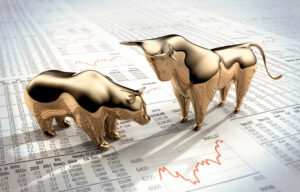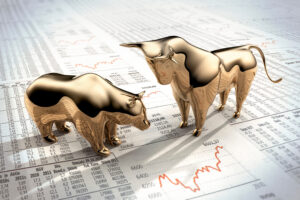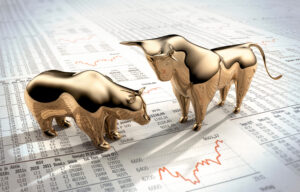The key economic question for 2023 is whether central banks will be able to bring down inflation to acceptable levels without a recession. Beyond the inflation dynamic, we remain concerned about potential political and economic shocks that could impact the U.S. and global economy via higher uncertainty and/or tighter financial conditions.
The most significant reason for economic growth to weaken is that the full effects of the substantial monetary tightening over the past ten months have yet to be felt. The main focal points for 2023 will be the Fed (and the recession question) and corporate earnings. We expect the Fed to raise rates to 5% or more and keep the rate at 5% or above for the balance of the year as inflation falls but to still unacceptable levels. We acknowledge the Fed could blink and acquiesce to a 3-4% inflation rate “for the time being,” in which a soft landing might be possible. But if the Fed insists on their 2% target, a recession is almost inevitable. In the meantime, what the Fed has already done (raising rates from zero to 4 ¼% in a short period of time) will have a delayed impact on the economy, to be felt in 2023. We expect a mild recession in the U.S. in 2023 – mild due to the cash on corporate balance sheets, a reasonably healthy corporate sector, and a relatively strong banking system.
For equities, we expect the lows of last October to be re-tested as growth fears/recession talk increases/earnings estimates are reduced. Bonds should rally during this period. Eventually, the focus will turn towards better economic prospects for 2024. When that occurs, bonds should falter and equities can rally.
In conclusion, 2023 is shaping up to be another challenging year for investors. While “the Fed will call the shots,” the shots they call will have a profound impact on earnings generation and the right multiple to put on those earnings. We feel there is significant value to be realized over the course of 2023-24 as the economy normalizes and investors recognize that the Fed headwind will eventually become a tailwind.







